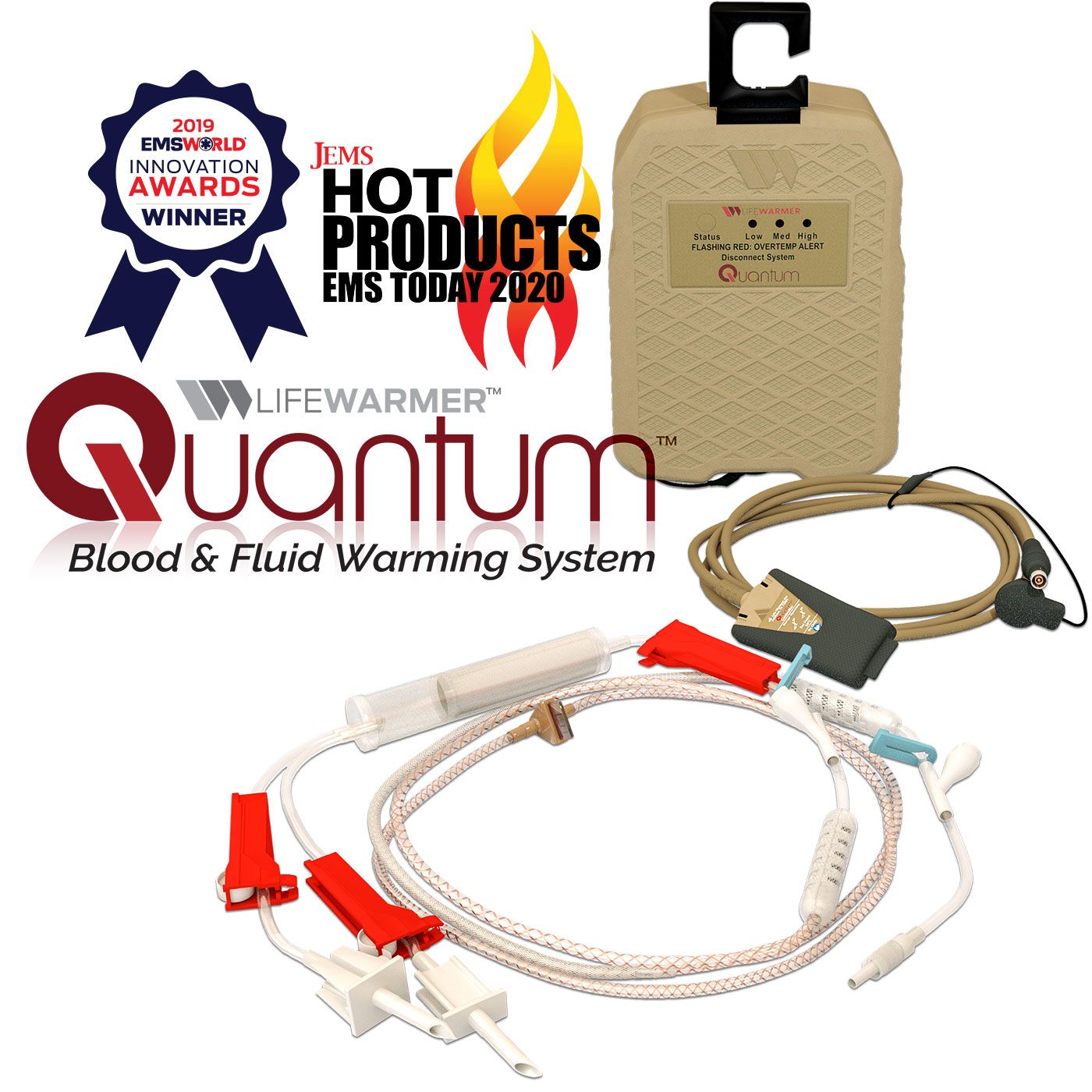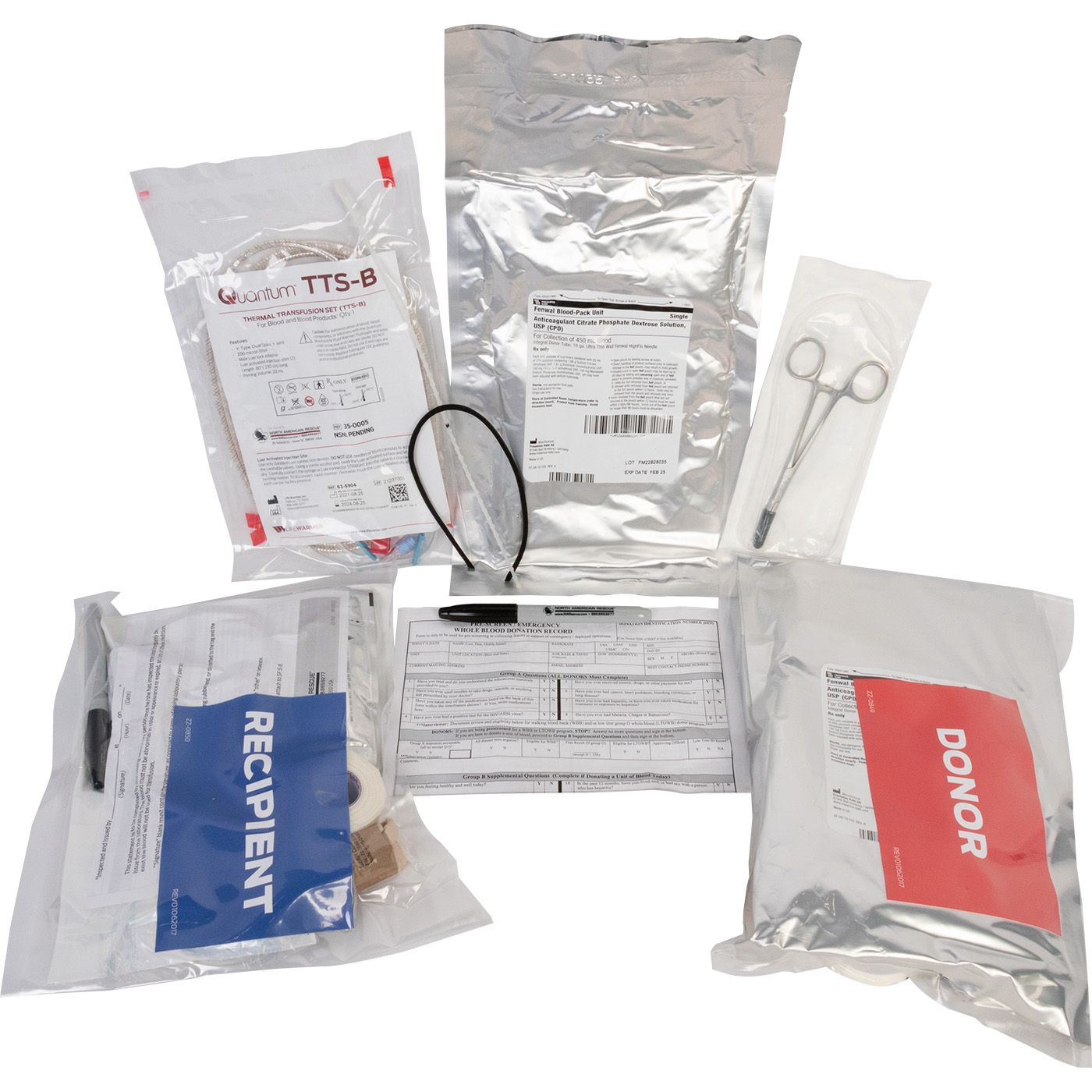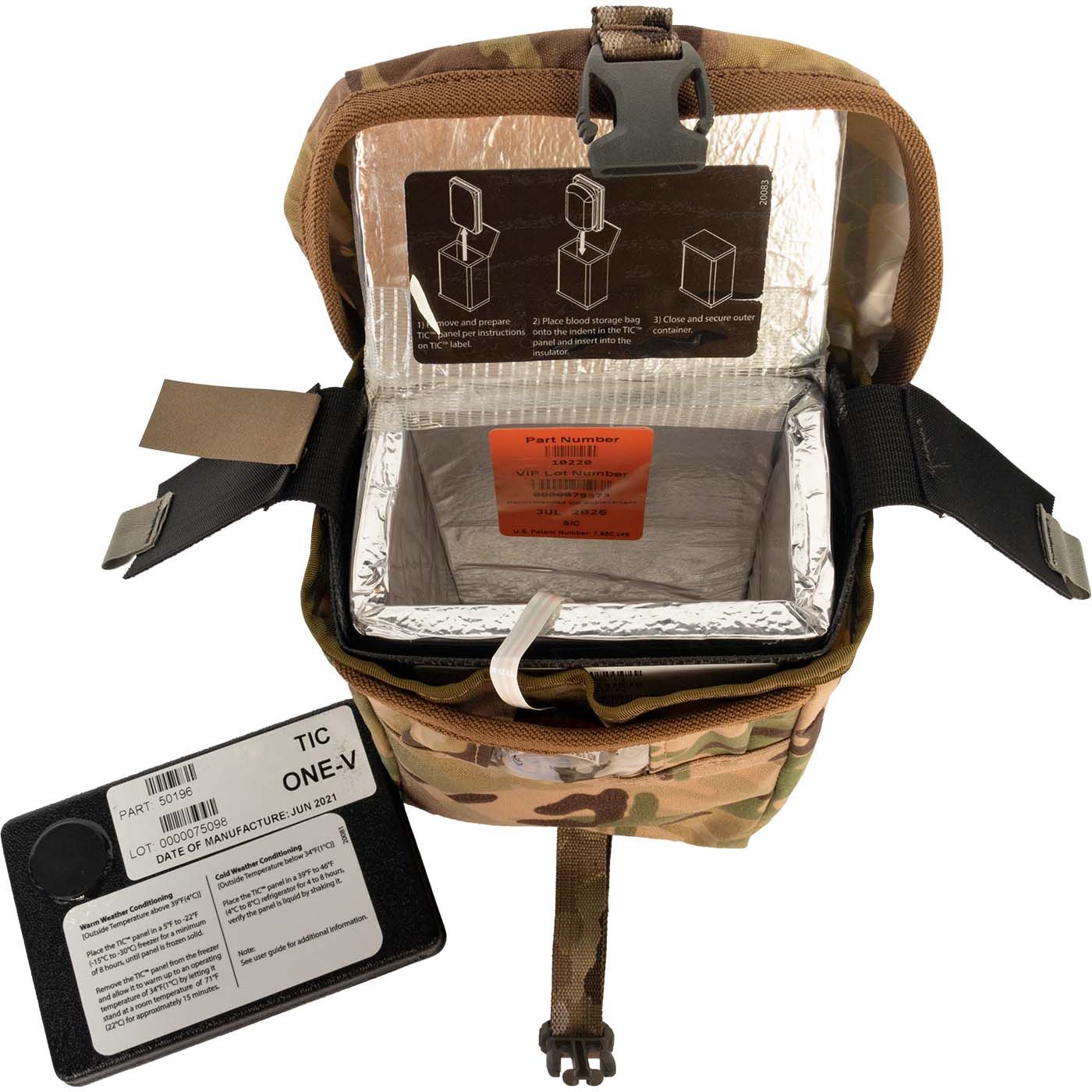Blood and Fluid Warmers
Blood warmers are specialized medical devices used to heat blood before transfusion or infusion. Similar devices are also applied to maintain the temperature of infusion solutions. Such equipment is essential for reducing the risk of hypothermia in patients, especially in critical conditions.
Today, portable fluid warmers are widely used — compact, mobile versions that can be applied outside of hospitals: during patient transportation, in field conditions, or by emergency response teams.
When Blood and Fluid Warmers Are Used
These devices are necessary to prevent hypothermia. When cold blood or infusion solutions are administered, the patient’s body temperature can drop, worsening their condition.
They are also used to maintain hemodynamics. Warm fluids enter microcirculation more efficiently and do not irritate blood vessels. Controlling fluid temperature helps avoid overheating or shock that may occur when administering cold fluids.
Modern devices can work with blood, plasma, solutions, and isotonic fluids.
Technologies Used Today
Several technologies are used to achieve optimal results. One common type is contact warmers, where the liquid flows through a heated metal element that transfers heat. Tubular warmers are also used, which regulate the temperature of fluids as they pass through heated tubes or corrugated paths.
Infrared or contactless warmers are also available, although they are less common and typically used under specialized conditions.
We recommend paying attention to portable models powered by batteries and featuring compact bodies. These allow for use in virtually any environment, even in the field. For hospitals and operating rooms, stationary devices are more suitable. Catalogs also include systems designed for use in extreme conditions.
What to Consider When Choosing a Blood Warmer
When choosing a warmer, pay attention to several characteristics. For example, temperature control range — ideally between 35–42 °C. It’s also important to assess how many milliliters per minute the device can heat without temperature loss.
If you plan to use it in emergency conditions, you must know the time it takes to reach operating temperature. A fast start can be crucial and even life-saving.
Choose the optimal power source — whether battery-operated, AC-powered, or another autonomous option suitable for field use. Size and weight also affect how convenient the device will be to operate.
It’s best to select a warmer equipped with overheat protection systems and various status indicators.
How Blood Warmers Work
Fluids or blood enter the system as usual through an infusion set, then pass through the warmer, where they are gradually heated to the set temperature. A control sensor measures the output temperature and adjusts heating, while built-in alarm and automatic shut-off systems prevent overheating or the administration of cold fluid.
Such systems are widely used in intensive care units, surgical departments, and during blood replacement procedures. They are also installed in ambulances and rescue helicopters used for emergency care. Warmers are indispensable during evacuations or military operations.
Blood warmers are essential in field hospitals and mobile clinics and are used during mass casualty incidents. Therefore, it’s crucial to choose certified and field-tested equipment.
Modern blood and fluid warmers are designed to meet medical standards and offer multiple operation modes. They may feature automatic temperature control, pressure, and air sensors to enhance patient safety. Portable versions are particularly convenient for military personnel and medical teams working under the most challenging conditions.







